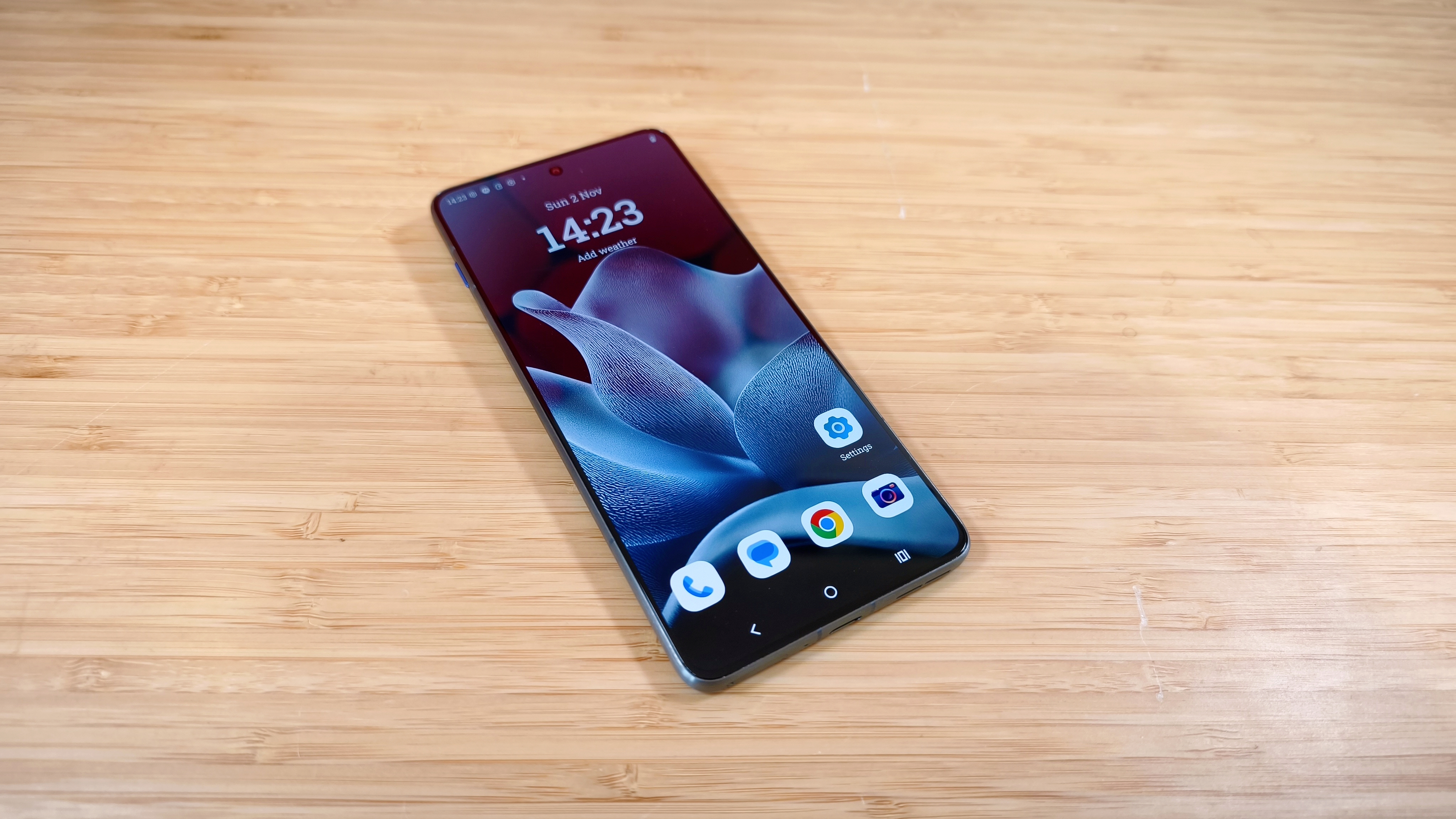Binary Prints: genius on two levels
First shown at Sónar Music Festival in June, illustrator Alex Trochut’s Binary Prints portraits project is a study in human duality, created using luminous ink on paper.
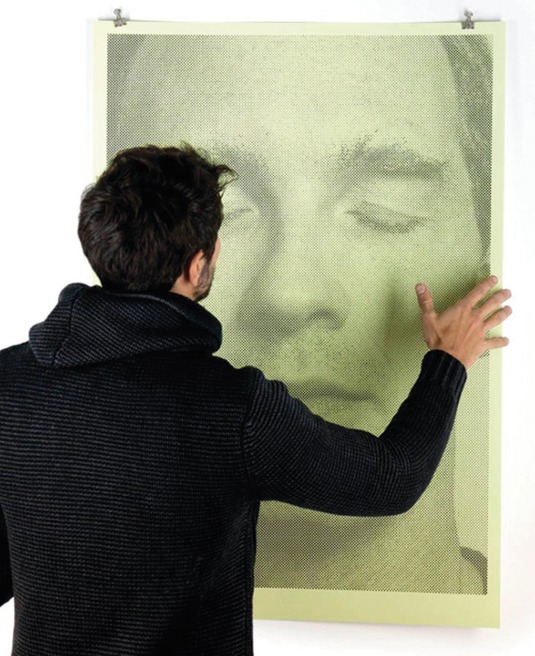
The genesis for the Binary Prints project really goes back to my 2011 retrospective More Is More. As a surprise for people who bought the book, I created a cover illustration that used phosphorescent ink, which only displayed fully in the dark. When I finally had some time to work on my first truly personal project, I was keen to revisit that technique.
This time, I wanted to use it to create a double-layered work on paper: one image that could be seen in daylight, and a completely different one that could only be seen in the dark.
Exploring duality
As I began to think about the project, the idea of exploring the duality of human nature occurred to me - how two very different sides of personality can be present in one person: good and bad, on and off , asleep and awake.
All of us have these contradictions within ourselves, so I thought a dual portrait would be a good way to give a complete description of a person, and create a narrative that explored the diff erent sides to someone's personality.
While I was thinking about how I could create these portraits, I hit upon the idea of featuring musicians. The idea of working with artists that I enjoy listening to has long been an ambition for me. They feel really connected to my work somehow and I wanted to include that in my designs.
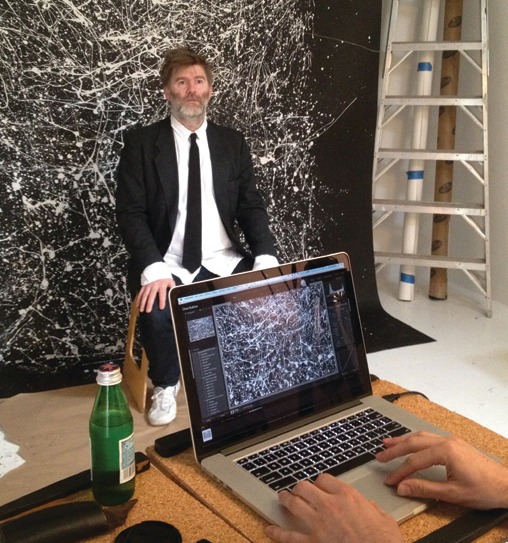
The other thing about Binary Prints is that it gave me a chance to use a patented printing technique that I'd come up with, which enabled me to put two separate images on a single piece of paper, only one of which could be seen at any one time.
It works by separating the images onto two different grids, like squares on a chessboard. On the black squares you display one image, and on the white squares you display the other.
Daily design news, reviews, how-tos and more, as picked by the editors.
Work in progress
The next step for me was to approach all the musicians I wanted to work with; artists like James Murphy, Caribou, Four Tet, Damian Lazarus, Acid Pauli and John Talabot. Sometimes I'd chat with them at a gig, other times I'd send a text message introducing myself and explaining what I planned to do.
Sometimes I also had to go through industry channels, dealing with agents and so on. Obviously I was doing all of this in my spare time, while also working full-time for my other clients.
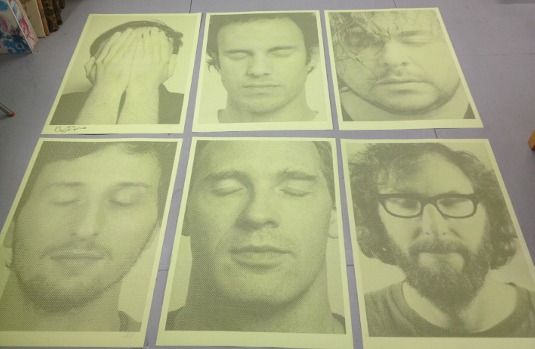
There were a number of reasons why I decided to focus on photography rather than illustration for this project - the first being that I wanted people to be able to recognise the artists I was portraying.
There were also time constraints: sometimes I only had a few minutes backstage to get a picture of the artist. I relied on two photographer friends, Marc Ambros and Chris Rubino, to help me get the images I needed. The final portraits aren't completely photographic, however; I added illustrative elements to all the 'night' portraits.
Day and night
The 'day' portrait is just a plain image, but the 'night' image represents the soul, the awakening of the artist. I included abstract illustrative elements to represent their inner life, but in a very subtle way, so as not to change the faces too much.
Each artist appears with their eyes closed for the 'day' image and their eyes open for the 'night' one in order to unify the experience. I've been working in illustration and photography for a long time and clients don't often give you the freedom to experiment. I was lucky in that this project gave me the chance to do just that.
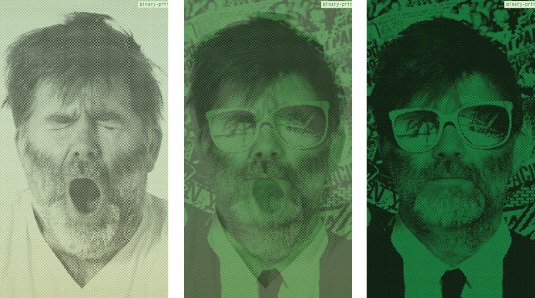
Reaction
The Binary Prints portraits were finally unveiled at the Sónar Festival in Barcelona in June. I was super happy to go there as I'm from Barcelona, so it was great to be able to present them in my homeland.
The reaction to this project has been fantastic. It's especially important for people to see the portraits in real life, where the effect is very different from viewing them on the Binary Prints website. Right now I'm trying to get them displayed at different exhibitions and music events as I'd like to get the portraits in front of as many people as I can.
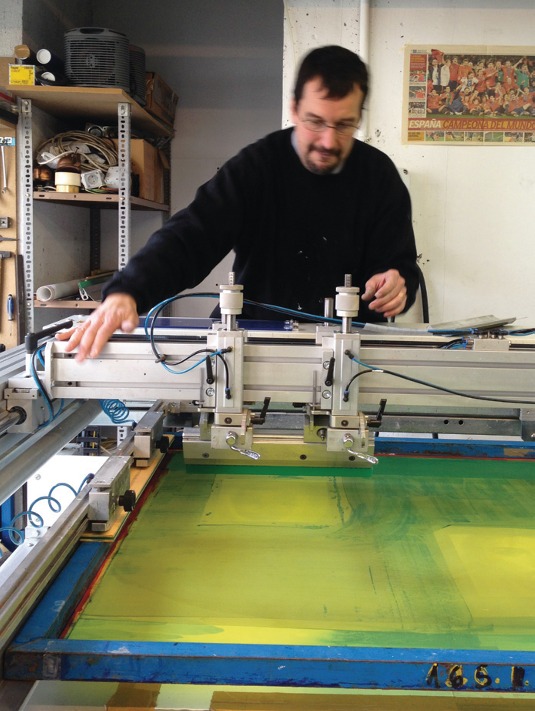
The whole idea of the project was to be true to the sound and the personality of each artist and I think I've achieved that. The reaction I've had from the artists has been very positive too. They feel connected with it. I'm really grateful for their support.
Words: Alex Trochut
All of Alex Trochut’s designs are available as prints through the Binary Prints website, with 30 per cent of the proceeds going to the subject’s charity of choice.
This article originally appeared in Computer Arts issue 218.
Liked this? Read these!
- The best photo apps for iPhone, iPad and Android
- Great examples of doodle art
- Brain-scrambling examples of trompe l'oeil
Tell us what you think of Alex's dualistic project in the comments!

The Creative Bloq team is made up of a group of art and design enthusiasts, and has changed and evolved since Creative Bloq began back in 2012. The current website team consists of eight full-time members of staff: Editor Georgia Coggan, Deputy Editor Rosie Hilder, Ecommerce Editor Beren Neale, Senior News Editor Daniel Piper, Editor, Digital Art and 3D Ian Dean, Tech Reviews Editor Erlingur Einarsson, Ecommerce Writer Beth Nicholls and Staff Writer Natalie Fear, as well as a roster of freelancers from around the world. The ImagineFX magazine team also pitch in, ensuring that content from leading digital art publication ImagineFX is represented on Creative Bloq.
